Installing an alternative on spring break
Students put up solar power systems and learned the local issues of a Native American reservation while on spring break.

 Enlarge
Enlarge
Students typically soak up the sun during spring break, but none like the students in GRID Alternatives Students for Sustainable Energy. Over the last week in February, the group of 25 from University of Michigan’s GRID chapter traveled to the La Jolla Indian Reservation outside of San Diego, California, to perform a solar installation of over 10kW on three homes.
The trip, in partnership with GRID Alternatives, was a part of GRID’s “Solar Spring Break” program. This program connects students on spring break to opportunities where they can install solar systems in underserved communities. GRID is a non-profit that implements solar power and energy efficiency projects for low-income families.
The U-M team brought together students across disciplines, who had minimum experience in the solar industry, to install a solar array from the schematics to switching on electricity.
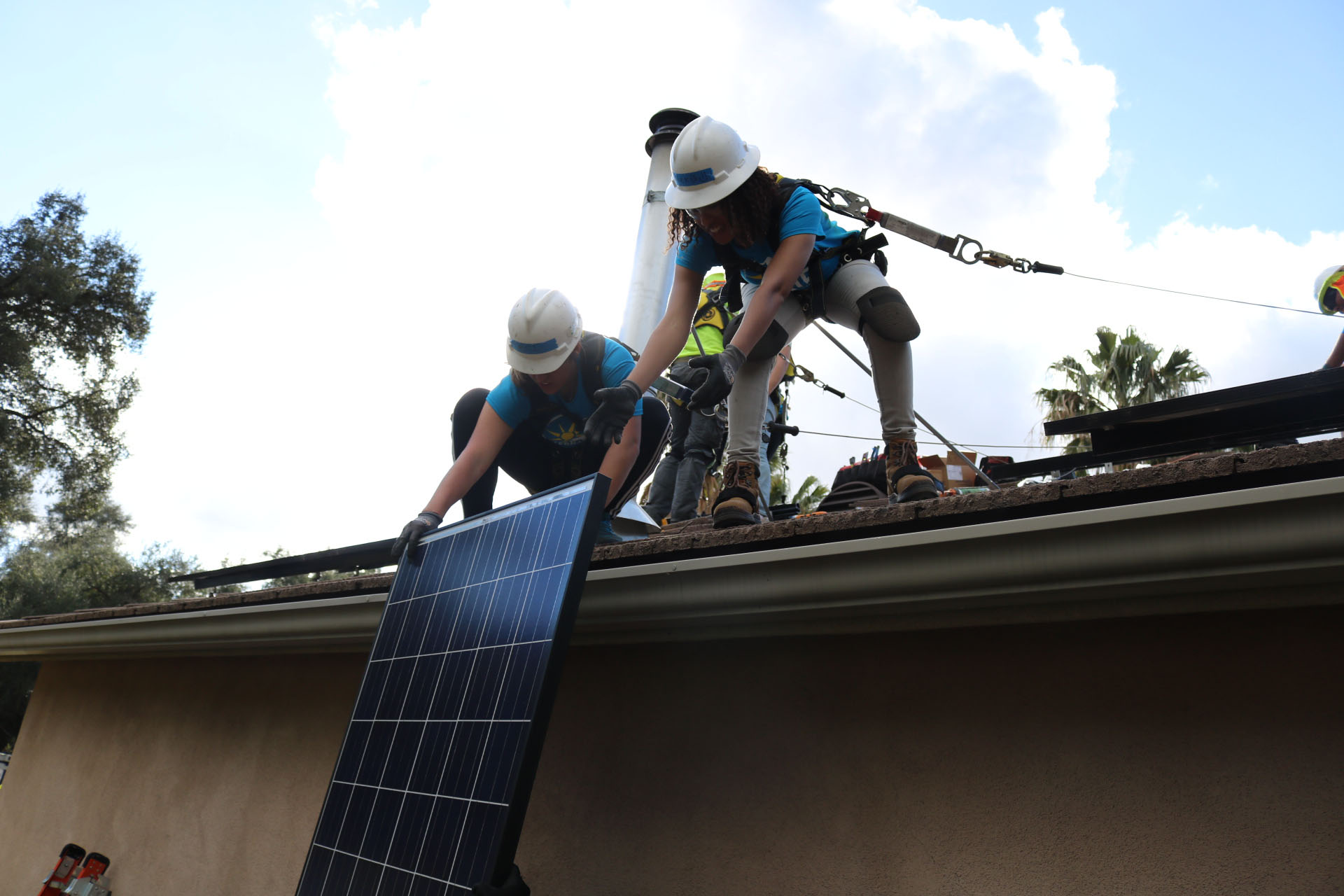
 Enlarge
Enlarge
“The opportunity to do something like this is unreal for me,” says Camille Burke, an electrical engineering sophomore. “I’m extremely passionate about renewable energy and any step closer to having a career in the industry is wonderful.”
“In school, you do a lot of research and learn a lot of numbers,” Paul Giessner, a master’s student in electrical and computer engineering, says. “It’s honestly kind of relaxing to put wires together and build something.”
The experience offered plenty of instruction from GRID staff. Christian Cannon, student leader of U-M GRID studying mechanical engineering and business management, says, “We now know a solar system from start to finish: the conduit systems, the junction boxes, the inverters, and the modules.”
I was basically superwoman on the roof.
Suliyat Olagbenro, electrical engineering sophomore
“They told us what we were doing and why we were doing it,” adds Suliyat Olagbenro, an electrical engineering sophomore. “I’m also a little afraid of heights, but the GRID staff were so straightforward with safety and made me feel so comfortable that by the second day, I was basically superwoman on the roof.”
Beyond the technical training, students connected with the deeper mission of making renewable energy accessible to underserved communities, and how engineering can be a tool to benefit others.
“This experience helped me realize that we’re engineers for people,” says Burke. “We build technologies to make communities better. To see that direct correlation was refreshing.”
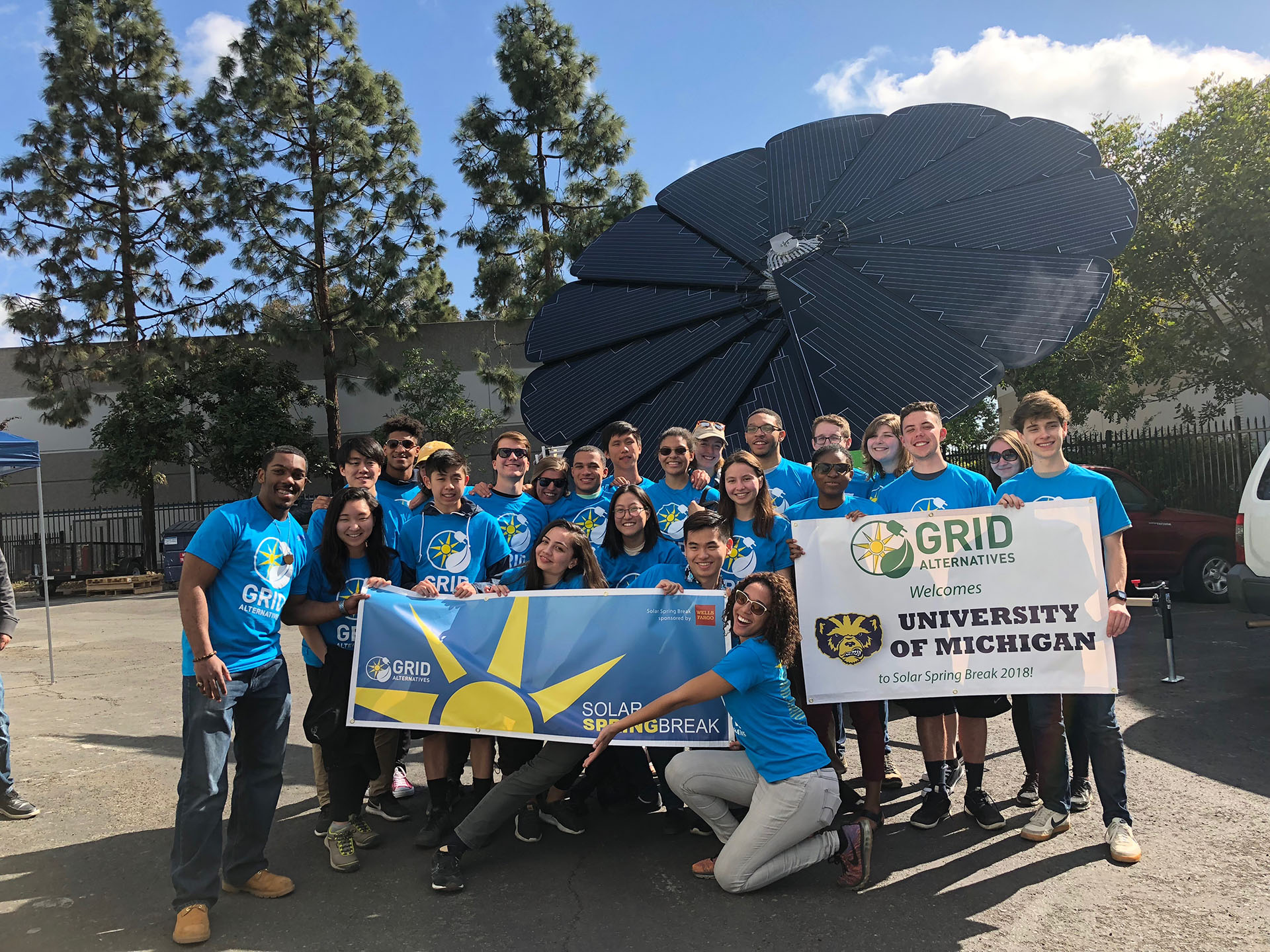
 Enlarge
Enlarge
The first day on site, snow covered the roofs, hampering work. The team remained on the ground preparing conduit piping and electrical wiring, and afterwards, the homeowners invited the students inside. There, they enjoyed a home-cooked meal and learned about the La Jolla Band of Luiseño Indian’s heritage, traditions, and challenges on the reservation.
“As an African American, I saw the similarities in the struggles our communities face,” says Alexis Thompson, student leader of U-M GRID studying mechanical engineering, computer science, and minoring in business management. “Tribe members mentioned how they want more of their students to attend college, and we wanted to show them the opportunities available to students at the University of Michigan.”
“As a result, this year’s team decided to create a scholarship for graduating high school seniors of the La Jolla tribe to assist with their college education,” Thompson continues. “What started as a solar installation project has become a phenomenal opportunity for hands-on community engagement.”
The trip was the culmination of a school year of organizing and fundraising organized by Cannon and Thompson. Collectively, the team, who are advised by Tony Reames, assistant professor, School for Environment and Sustainability, raised over $25,000, enabling them to cover the full cost of the team’s expenses.
What started as a solar installation project has become a phenomenal opportunity for hands-on community engagement.
Alexis Thompson, student leader of U-M GRID
“It was such a phenomenal experience to witness a diverse group of students working together to enhance a community, miles away from our University,” says Cannon.
Next year, the team is planning on taking an international trip that could take them to Nepal, Nicaragua, or Mexico. They also want to expand their activities locally and outside of spring break.
“There’s lots of opportunity for solar installs in Detroit and Ypsilanti,” Thompson says. “We want to bring it back to Michigan.”
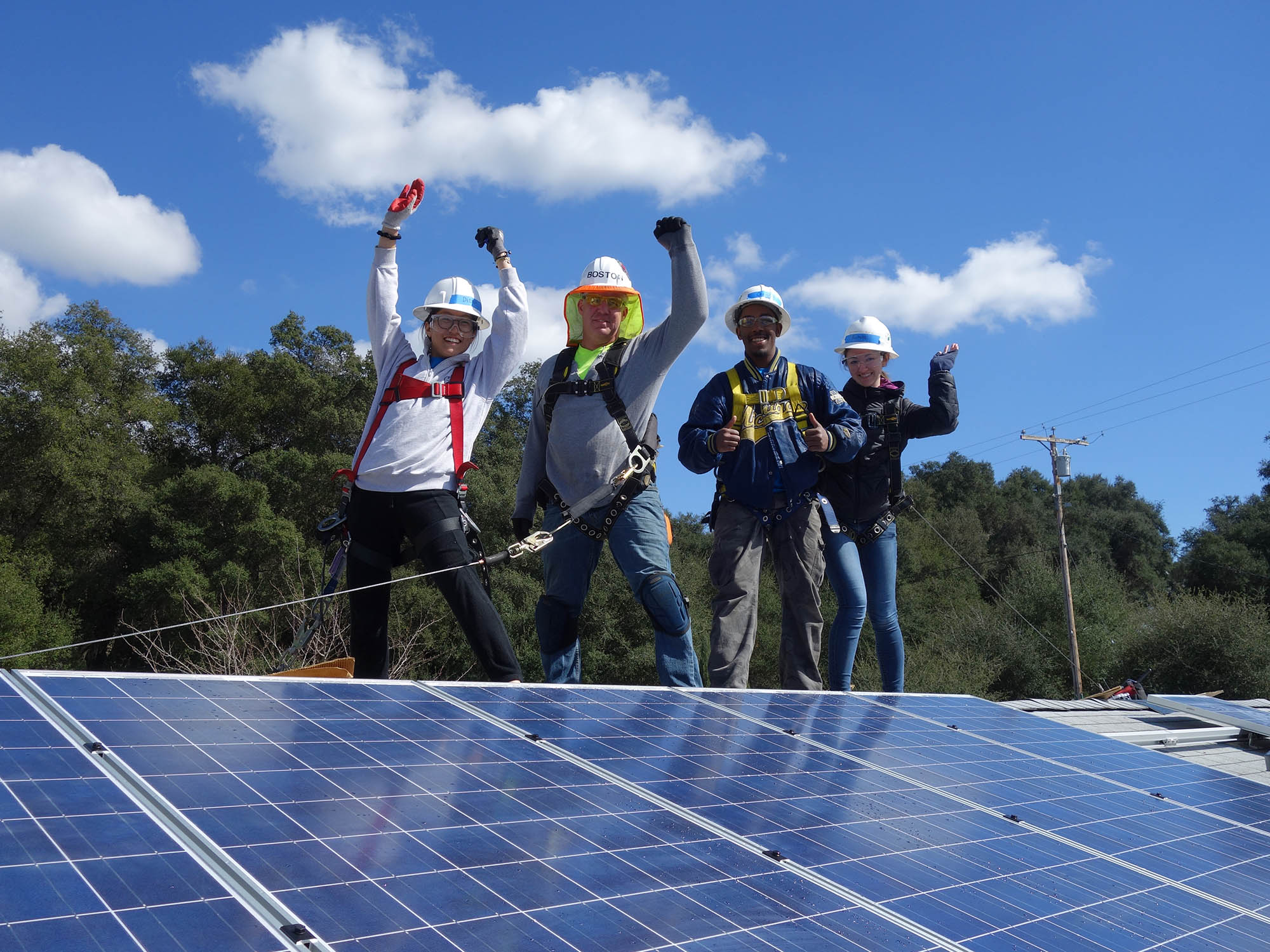
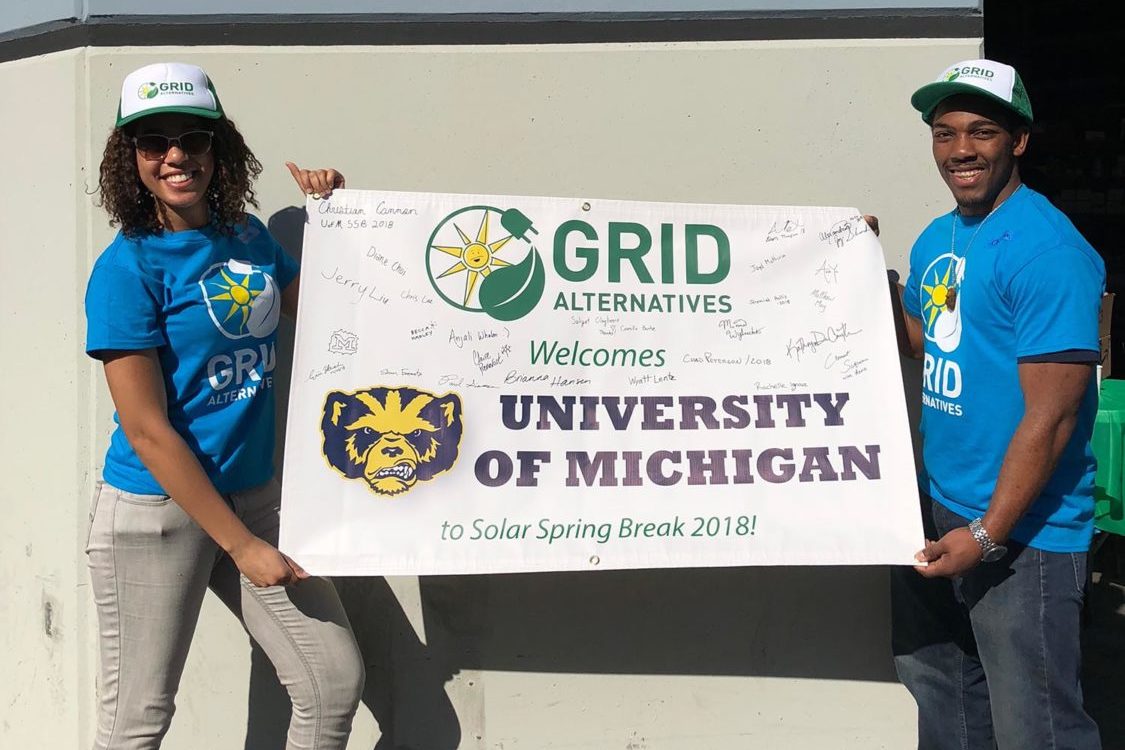
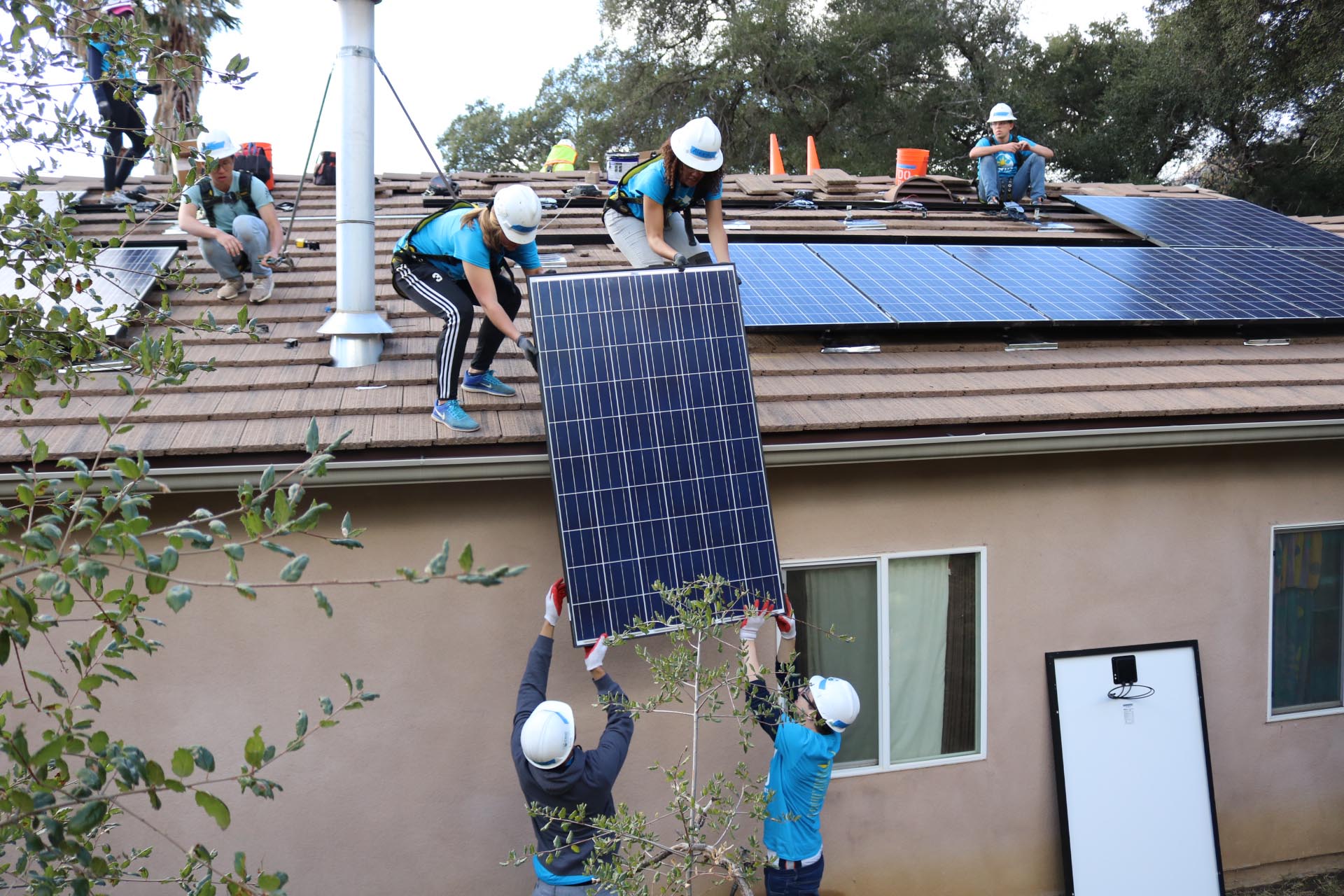
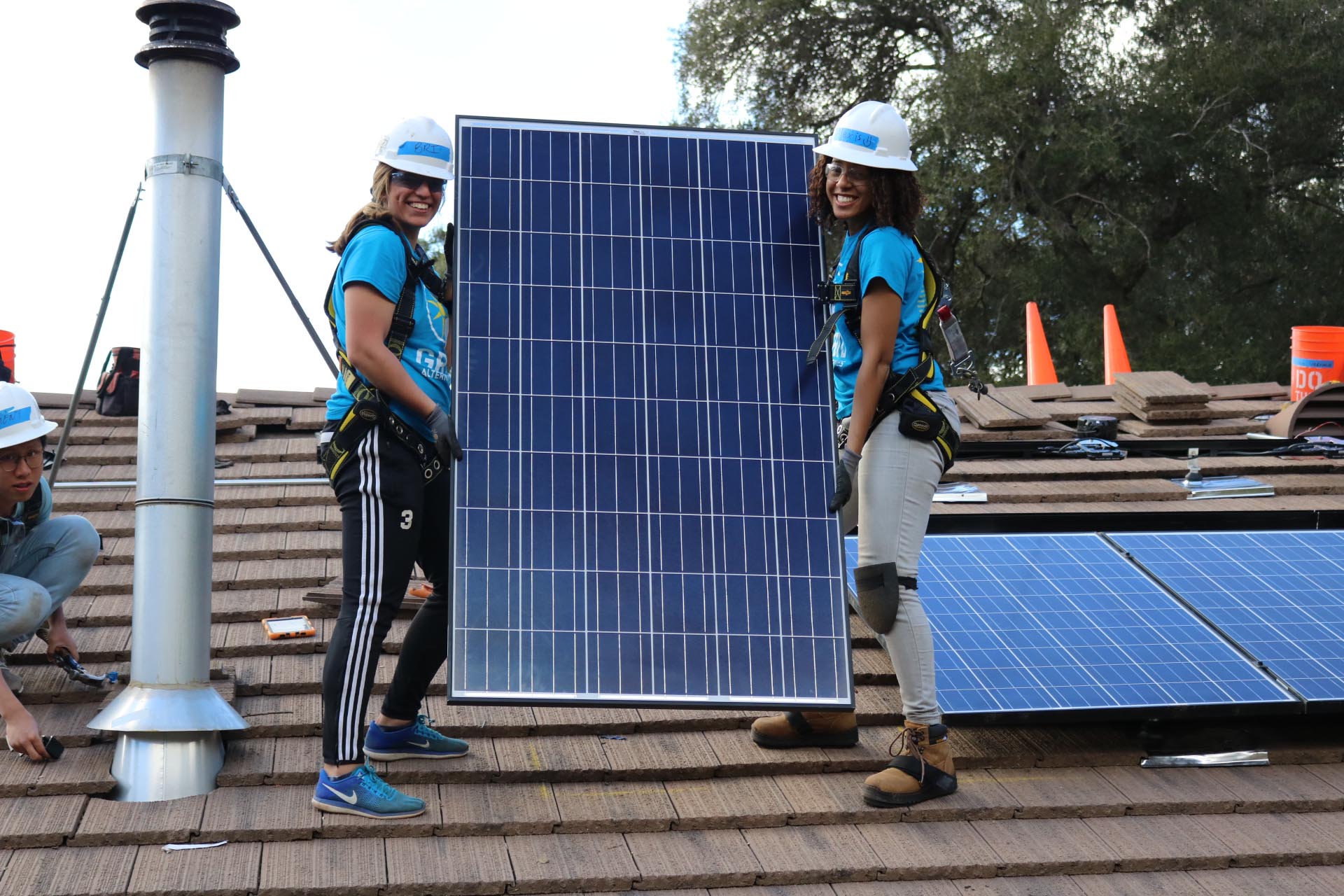
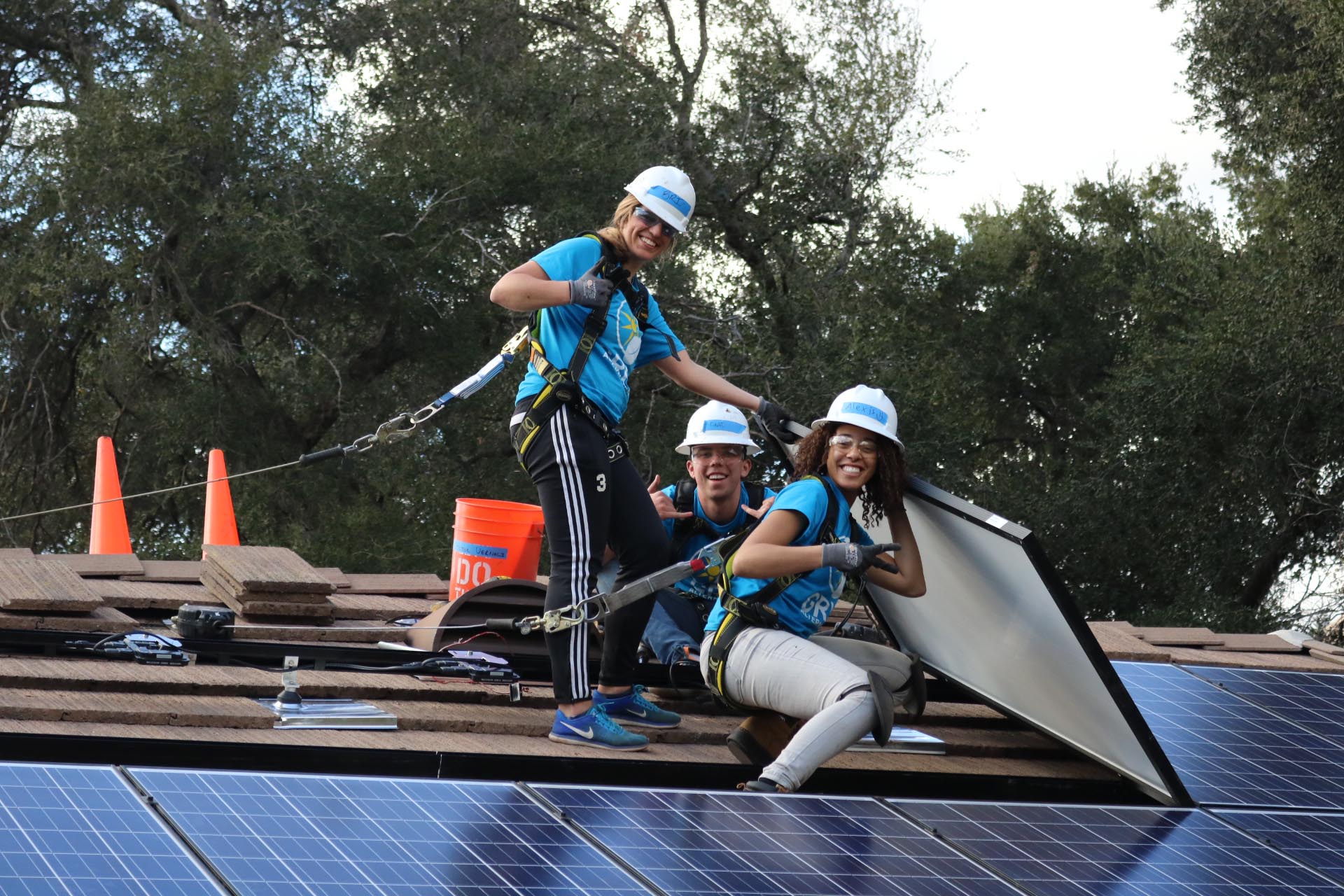
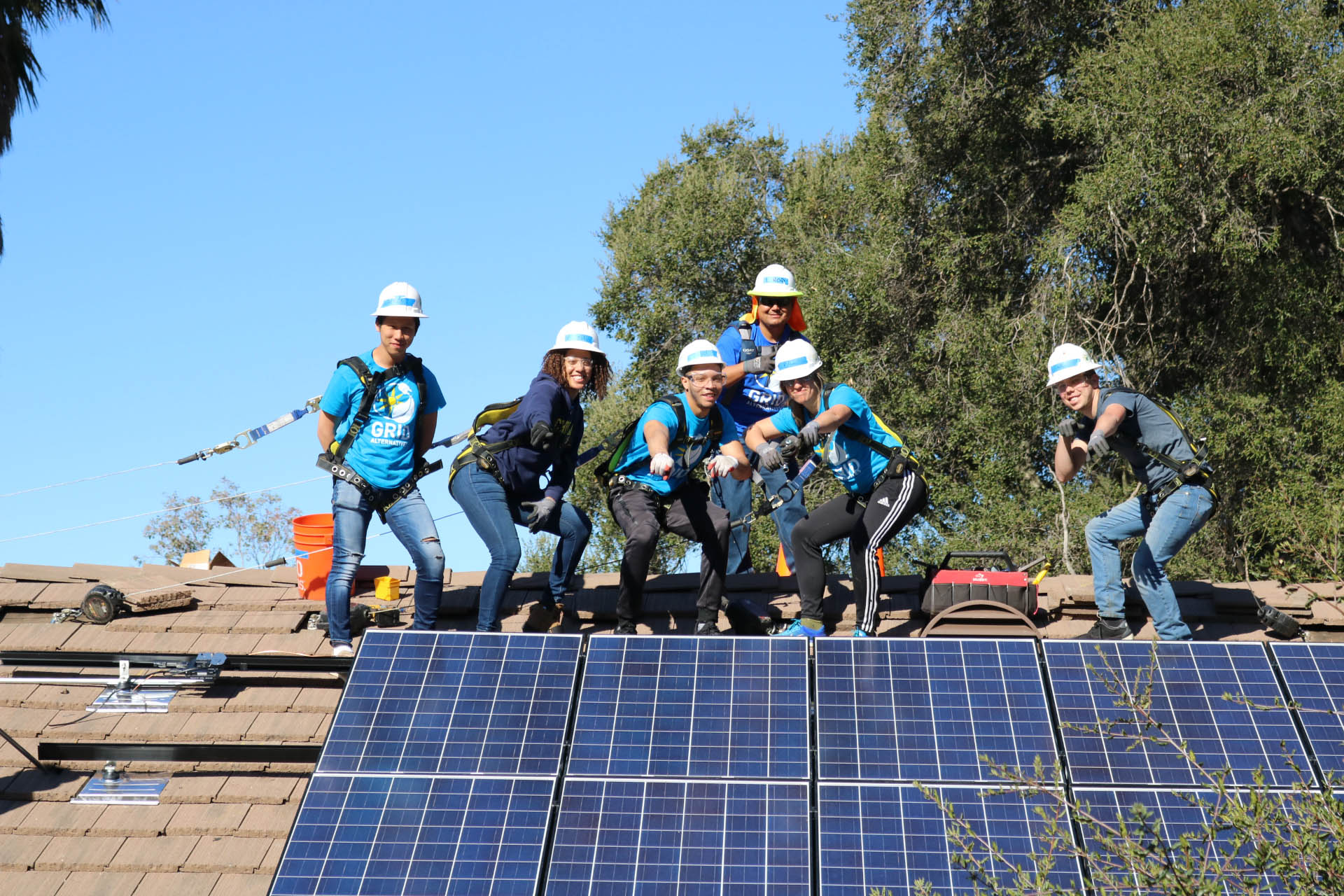
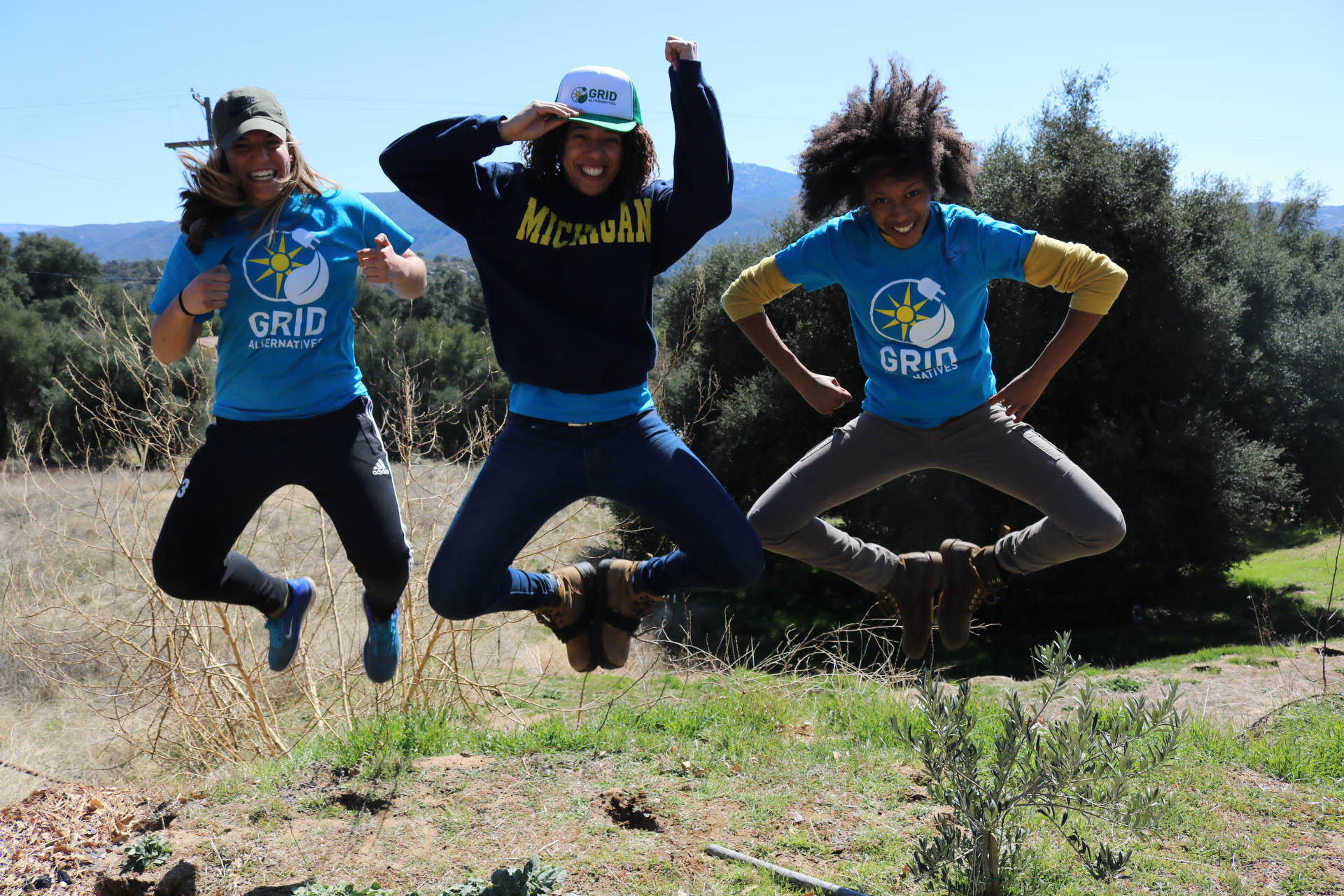
 MENU
MENU 
